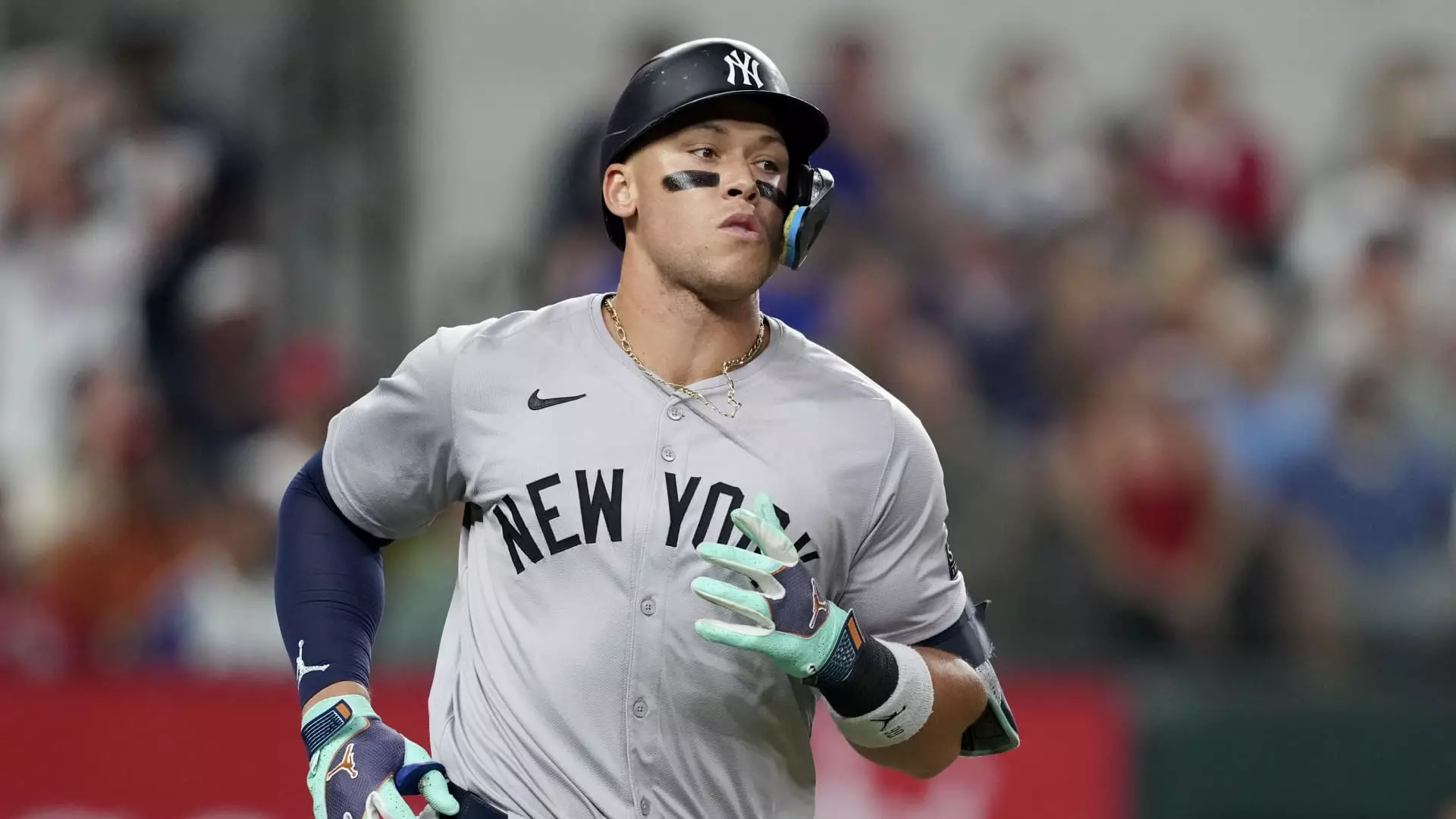The world of Major League Baseball (MLB) has recently witnessed a notable resurgence in viewership and engagement during its postseason. This transformation, marked by thrilling games and record-breaking statistics, has rekindled the fanfare that surrounds America’s pastime, which in recent years has seen varying levels of enthusiasm among younger audiences.
The National League Championship Series (NLCS) kicked off with a remarkable presence, drawing an average of 8.26 million viewers for the inaugural game between the New York Mets and Los Angeles Dodgers—an impressive feat, making it the most viewed LCS game since 2009. This resurgence in interest underscores the significant demand for baseball, even amid stiff competition from both “Sunday Night Football” and “Monday Night Football,” where three New York NFL teams played simultaneously.
Moreover, the American League Championship Series (ALCS) between the New York Yankees and the Cleveland Guardians recorded an increase of 4% from the previous year, captivating 3.9 million viewers. These encouraging figures highlight a promising trend for MLB, especially in a media landscape where traditional viewership is rapidly being replaced by streaming and on-demand content.
A contributing factor to this successful postseason is the successful navigation through earlier concerns regarding declining cultural relevance. Following last year’s disappointing World Series ratings, which were attributed to a lack of national appeal from the competing teams, MLB’s strategy has shifted. The league’s leadership has recognized the importance of appealing to younger demographics, particularly as this audience typically showcases shorter attention spans and a preference for bite-sized content.
In response, MLB has embraced rule changes that enhance the pace and excitement of games, such as implementing a pitch clock and enlarging bases, which not only minimize downtime but also create greater in-game dynamics. The resulting increase in attendance and viewership signals that these measures are resonating well with both loyal and new fans alike.
The continued emergence of captivating players has also played a crucial role in drawing attention back to the diamond. Stars like Shohei Ohtani and Aaron Judge have become symbolic of the league’s efforts to market its brightest talents more effectively. The prospect of their face-off in a potential World Series has baseball fans on the edge of their seats. Such matchups epitomize the excitement and drama that the postseason can deliver, entrenching baseball deeper into the fabric of American sports culture.
The dynamic stories surrounding the remaining teams in the playoffs also contribute to the overall narrative—team turnarounds, such as the Mets’ resurgence and the Guardians’ late-season rally, add layers of intrigue that engage viewers beyond mere statistics.
Despite these positive trends, challenges remain. The league continues to confront the long-standing narrative that baseball has lost its appeal to the younger generation. As viewership habits transform, MLB must consistently adapt its marketing strategies and game presentation. An increased reliance on highlight reels and engaging social media content is imperative to maintain relevance.
This season’s success, however, affirms that interest in baseball is achievable. With a combination of record viewership, strategic rule implementations, and a firm grasp on its star talent, MLB has effectively reignited the passion for the sport. As the playoffs unfold, all eyes will be on the diamond—both to witness athletic excellence and to see just how effectively the league can sustain this exciting momentum beyond the championship series and into the regular season.
As Major League Baseball navigates its way through postseason excitement, the emphasis on innovation, strategic marketing, and engaging storytelling will be crucial to maintaining its cultural footprint and ensuring lasting fan loyalty. The current trajectory bodes well for baseball’s future, one that fuses traditional elements with the dynamism required in modern sports entertainment.

